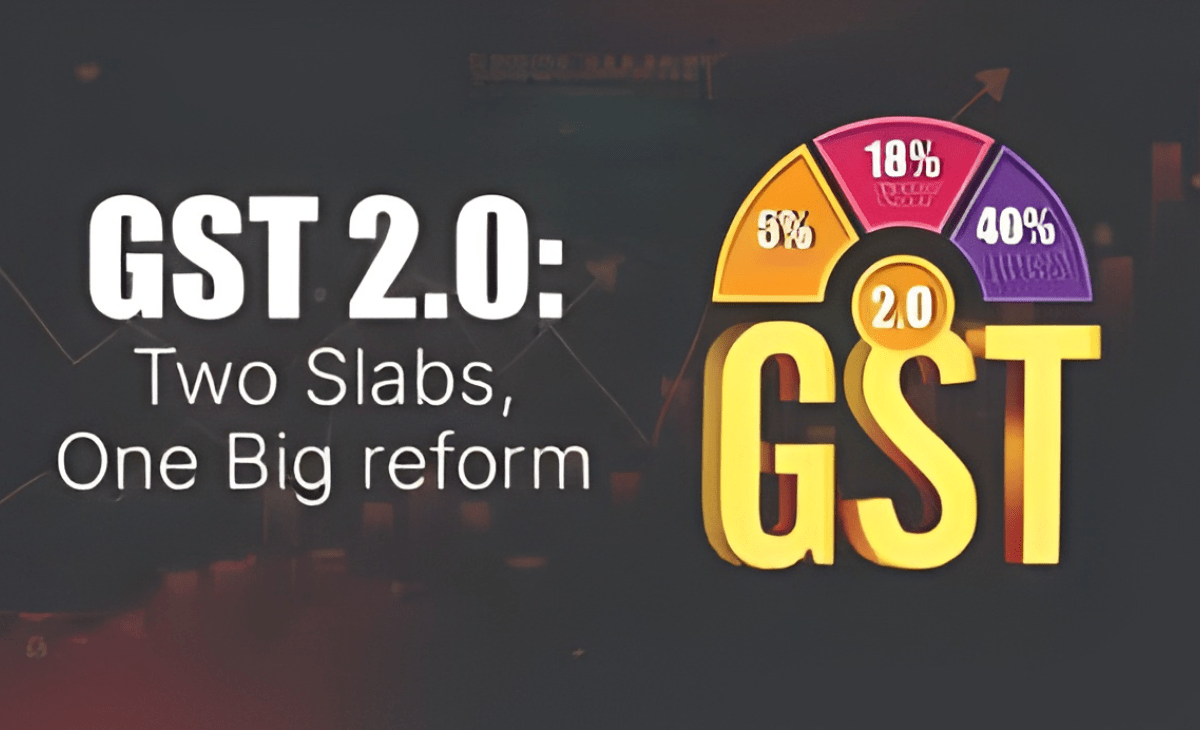Only 20% of losses covered, PWD & power sectors worst hit
TNR News Network
Shimla:
The Himachal Pradesh Human Development Report (HDR)-2025 has laid bare the stark gap between the massive destruction caused by natural disasters and the limited financial relief extended to the state. According to the report, the 2023 monsoon calamities inflicted a staggering Rs 9,906 crore in damages, while the Centre provided Rs 1,593 crore in aid, less than 20 per cent of the actual losses.
The Public Works Department (PWD) suffered the heaviest blow, with damages worth Rs 2,949.55 crore to roads, bridges and connectivity infrastructure. However, assistance sanctioned for reconstruction amounted to a mere Rs 75.93 crore.
Similarly, the power sector recorded losses of Rs 1,917.89 crore, but received less than Rs 100 crore in relief. The Water and Irrigation Department faced damages worth Rs 2,419.10 crore, for which the Centre released only Rs 319.83 crore.
Agriculture and horticulture losses stood at Rs 530.31 crore, yet compensation was limited to Rs 143.18 crore. Housing too faced severe impact — with homes worth Rs 570.80 crore destroyed, residents received just Rs 42.20 crore in aid.
“The HDR data shows that only one-fifth of the total loss has been covered so far. This indicates how inadequate the current disaster relief framework is for a fragile hill state like Himachal,” the report observes.
Relief funds fall short, reconstruction struggles continue
The report underscores that under current disaster relief norms, most financial aid can only be used for immediate rehabilitation — such as clearing debris and providing ex-gratia relief to families of victims. Long-term reconstruction of damaged infrastructure, however, receives little to no funding.
As of now, Himachal has received Rs 348.27 crore for reconstruction projects, leaving an estimated Rs 8,300 crore gap to be borne by the state itself. “The fiscal burden is immense. The state is forced to divert funds from development schemes to basic repair work,” an official from the Finance Department said.
Need to revisit relief norms for hill states
Experts and officials alike have called for an urgent review of the Central disaster relief criteria, arguing that the current guidelines do not reflect the real cost of rebuilding in mountain terrain. “Himachal’s topography and weather patterns make recovery far more expensive than in the plains. Central norms must be practical and region-specific,” said a senior PWD engineer.
Under the existing framework, states receive aid from two primary sources — the State Disaster Response Fund (SDRF) and the National Disaster Response Fund (NDRF). The Centre contributes 90 per cent of the SDRF for special-category states like Himachal, while the state provides the remaining 10 per cent. However, NDRF assistance is released only after a central inter-ministerial team’s assessment, often months after the disaster.
Political blame game over disaster aid
The HDR findings have reignited the political tussle between the ruling Congress and the opposition BJP. While the state government accuses the Centre of “grossly inadequate relief”, the BJP maintains that the Union government has been “generous and prompt” in supporting Himachal.
Chief Minister’s media adviser Naresh Chauhan said, “We’ve been raising this issue for two years. The central norms must be revised to make them realistic for Himalayan states.”
On the other hand, BJP spokesperson Karan Nanda countered, “The Centre has been providing liberal assistance to Himachal. The state government should focus on efficient utilisation rather than blame-shifting.”
Climate change deepens crisis
The 2023 monsoon was one of the most devastating in Himachal’s history — 436 per cent above average rainfall, 428 lives lost and over 20,000 hectares of farmland destroyed. Experts say the repeated disasters are a warning sign of climate change intensifying in the Himalayas, demanding long-term adaptation strategies rather than piecemeal relief.
The HDR concludes with a warning that unless disaster aid norms are restructured and climate resilience becomes central to planning, states like Himachal will continue to bear the brunt of natural calamities with little capacity to recover.





